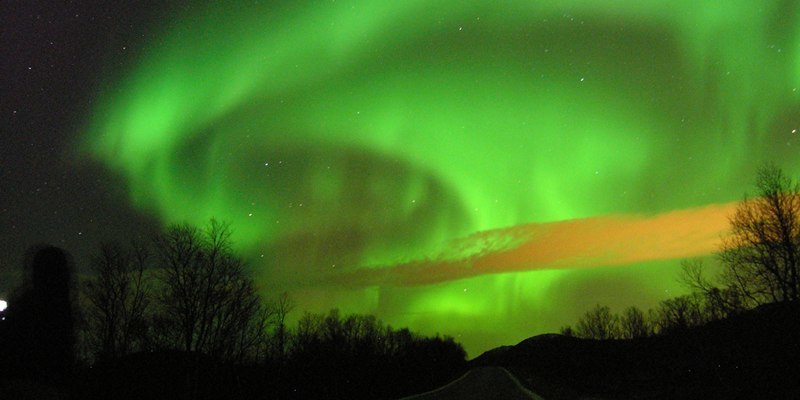Solar storms led to the possibility of a rare sighting of the northern lights in Scotland.
Four days ago the surface of the sun erupted, triggering a coronal mass ejection essentially a giant bubble of gas blown off the surface into space.
This was directed straight at the earth, 93 million miles away, and began sparking mild auroras across Europe and north America.
A second coronal mass ejection followed. Experts reckoned there was a 35% chance it would spark a major geomagnetic storm making the northern lights, officially called the aurora borealis, visible further south than usual.
It was expected on Wednesday night but could still be visible on Thursday night, weather permitting.
Robert Law, visitor assistant at Dundee’s Mills Observatory, said, “It’s a bit like the tube of an old TV: electrons from the sun are hitting the earth’s magnetic field and glowing, and you get all these different colours in the sky.
“It’s quite rare. The last big one we saw here was in October 2003.
“It is like the sun has been sleeping for years with no sun spots or other activity and now it’s starting to wake up.”
The aurora was most likely to appear to the north.
The astronomy website www.spaceweather.com was tracking the event with updated information.
It is proving a busy month for astronomers as the Perseid meteor shower is expected to reach its peak on August 12. It is caused by tiny particles from the Swift-Tuttle comet plummeting into the atmosphere.
Photo used under Creative Commons licence from Flickr user GuideGunnar – Arctic Norway.
